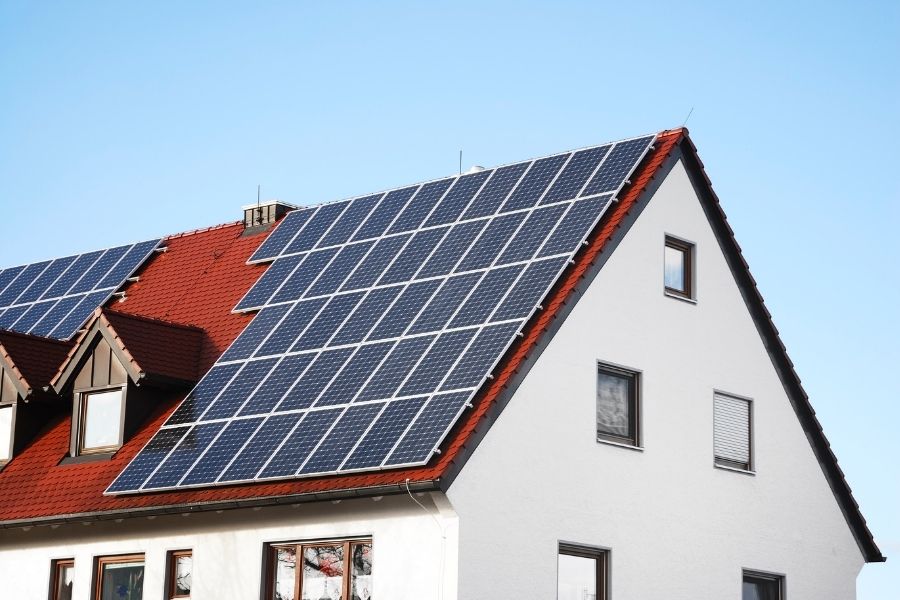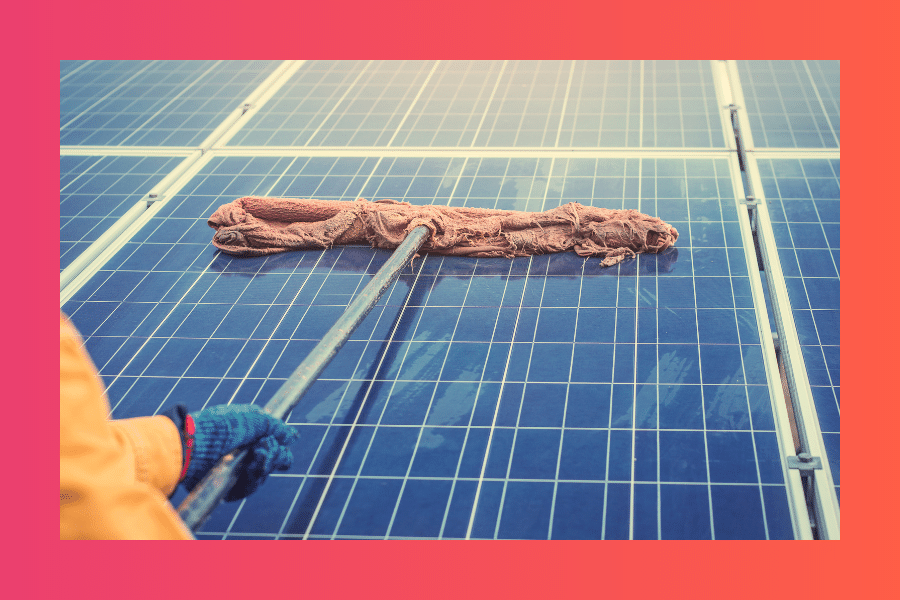The STC In-Depth Guide to Solar Power Warranties
Buying solar power products is always going to be an exciting event. This is the case whether it’s the first time, or one of many times. When all...
5 min read
![]() Solar Trust Centre Team
:
Feb 24, 2022 9:00:00 AM
Solar Trust Centre Team
:
Feb 24, 2022 9:00:00 AM

A rooftop solar system can unquestionably be one of the greatest tech assets your home has. With the installation of rooftop solar, it’s possible to source energy that’s more eco-friendly, drive down cost of living expenses today, and even give your household some security against any rise in electricity prices going forward. But ultimately, a rooftop solar system is not a ‘set and forget’ piece of machinery.
Instead, being proactive in handling its regular operation is essential to getting the most out of it. There’s no beating around the bush, doing this requires a few extra steps after installation occurs. This said, using some terrific apps can help make the effective management of your rooftop solar system a breeze. Let’s take a look at 5 apps that can help monitor and optimise your rooftop solar system.
At the outset, it’s necessary to note some solar apps can be quite complex in terms of the information they provide. For super keen solar enthusiasts, such data can either be exactly what they are looking for or something they are ready to learn about. The same of course applies to those who have a career (or are just beginning their career) in the sector.
But for newcomers to this space - or those who’ve had a solar system for a while and would just like some quick insights instead of in-depth analysis - then it’s useful to keep in mind app stores may sometimes feel a little intimidating when browsing for solar apps. It’s why the different types of apps in our selection here are all very user-friendly. This is the case whether a user is a beginner or expert when it comes to solar system monitoring and using apps more generally.
The first app to download is the one that accompanies your inverter. It’s true that not every inverter may come with an app that you can use on your smartphone to keep track of your system’s performance. But many major brands like Fronius and SolarEdge have an app, and downloading them and linking them up to your inverter should be very straightforward. The really nifty thing about apps like these is it’s not only possible to monitor your system from the comfort of the couch or out and about, but it can also be possible to get broader insights into how your system is performing. For example, how much CO2 has been saved from being emitted into the atmosphere by using the clean energy your system provides.
Another very useful app to download is one provided by your energy provider. Although the provider may not have an application that focuses exclusively on your solar system, within the app’s broader information surrounding your account and energy usage you can look to find data regarding it. If your energy provider doesn’t yet have any info (or a dedicated app) concerning your solar usage, it’s important to keep in mind the Australian solar revolution is indeed huge, but also in its early days. So if they don’t yet have an app with info about your solar usage right now, it’d be wise to check back in a few months to see if they've made one available.
Once upon a time browsing for a new energy provider could be a bit of a headache, involving a painstaking process of ringing around a variety of businesses to find the one that works best for the household's needs. Now it’s a far easier process to search around online, and it can often be done in a single app. For many people, their current provider - whether they provide electricity exclusively or other utility services also - may tick all the boxes. But common sense says it’s always good form to explore the market now and then to see what’s available that may be a better fit for a household and its solar setup. In this vein, a trusted comparison app can be a great help.
If you’re noticing a decline in the amount of energy your solar system produces lately it could be a sign it’s time to get an inspection and/or clean done. But this said, if you’ve recently had those tasks completed, it may just be the case that the decline is a result of natural conditions. While over the long term the average annual sunshine of a locale is more or less pretty consistent, certainly there can be aberrations in weather patterns from one season to the next as daylight hours shorten or increase. So if you’re looking to learn more about the passage of the Sun over your property and what time of day your solar system should be getting the optimal exposure to sunshine? A good sun tracker app can be very useful in this regard.
It’s good to take a photo of your solar panels now and then when possible if your panels are easily visible from the ground. Your smartphone’s standard camera app should be pretty capable for this task, but there’s also the option of seeking out one like ProCamera (iOS) or Camera MX (Android) to assist in this task. Going on the roof isn’t necessary - in fact, that should be avoided altogether and only done by solar professionals. But taking a snap from the ground regularly can help monitor the panels over time. In the event an issue occurs - like they get some debris dumped on them from a storm or they just start to accumulate a lot of dirt over a short period of time - building this habit could help ensure you notice the problem quickly when comparing old and new pics.
The internet has a great variety of resources related to solar power out there. Obviously, by virtue of writing this here, it should be clear we at STC are big fans of that knowledge-sharing process. But it’s also important to keep in mind that every rooftop solar system is unique. Sure, a drive through a typical Aussie neighbourhood where many solar systems are seen on the roof may lead to the impression they all look pretty similar, and this is indeed usually the case. But the reality is each system has its own unique aspects.
That means if you feel there’s a problem with your system - even if it seems like it’s similar to one another solar owner has experienced and detailed elsewhere on the internet - it’s always prudent to get the issue checked out with a trusted solar professional. Certainly, apps are outstanding for the help they can provide in monitoring and documenting a system’s performance, but they can’t replace the knowledge an expert can offer if an issue with the system arises. Keeping this in mind will help maximise the benefit gained from the apps, as well as maximise the safety of the system and all those in the household who benefit from its use.

Rooftop solar systems are brilliant pieces of technology in their own right, but they can be made all the better with smartphone apps. That’s why if you’re yet to acquire an app to use with your inverter, or one to get insights from your energy provider, now is a great time to start exploring. The same applies when it comes to a good energy provider comparison app, a sun tracker app, and a quality camera app.
In addition to monitoring and optimising your rooftop solar system’s performance with apps, it’s also always prudent to think about where else in the home (and potentially on the property surrounding it) it’s possible to optimise energy use. Even some relatively simple steps like the installation of energy efficient LED lights can help make your property more eco-friendly, and cut down on energy bills accordingly. What’s more, many smart devices within the home will also have apps of their own that can accompany their use, which could make terrific additions to your smartphone in future, alongside any solar apps you now have on hand.
For more on renewable energy, check out more of our stories here.

Buying solar power products is always going to be an exciting event. This is the case whether it’s the first time, or one of many times. When all...

A rooftop solar system is a lot like any other attractive addition to an Aussie property, such as a deck or a swimming pool. This said, there are a...